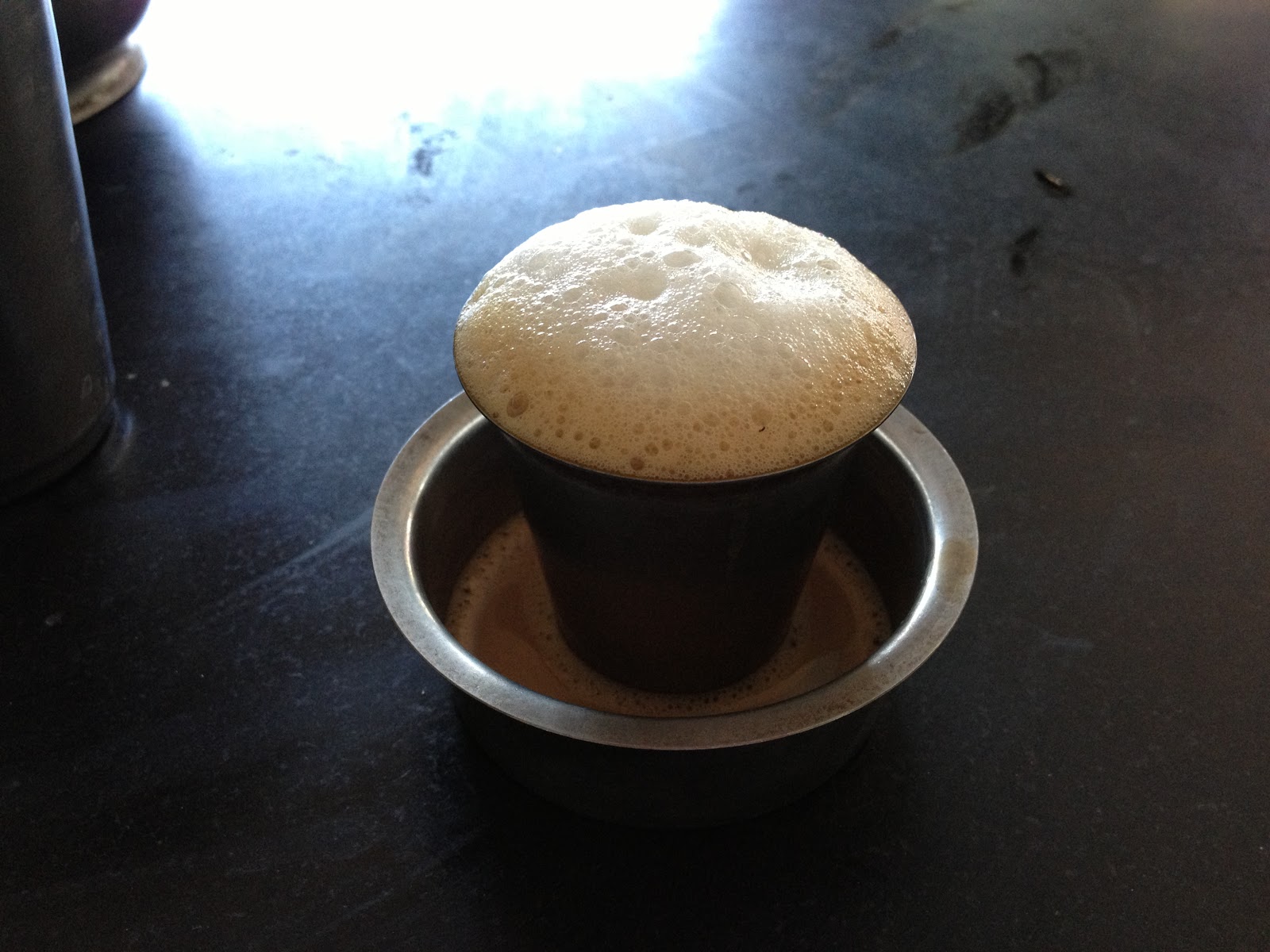I flew to Chennai from Bangalore recently to attend the World Crafts Council Summit, which was held at a lovely new ITC hotel in Chennai, and attracted over 800 attendees, from over 50 countries. The WCC objective is to improve the future of the craftspersons of the world, which, since the number of people employed in that sector is higher than we might think in many countries, affects very many people.
Amongst the attendees were well-known designers and master craftsmen, sporting their wares. There were also many Indian ladies displaying an incredible selection of hand-crafted saris from all over India - woven, tie-dyed, printed, embroidered and any combination of these. It is amazing when you start to recognize the variety of techniques used, and the skill with which they can be employed.

In addition, many experts in the field of government and NGO support of crafts gave lectures which described efforts to account for the number of people in the handicrafts sector, revive extinct crafts and products, align ancient craft techniques with modern usage, and find a path to brand recognition. All the speakers were of high standard, as they had to be to compete with the shopping opportunities laid on for the conference attendees. :-) In the crafts expo at the hotel were goods from Africa, Asia, Latin America, and the Middle East. In a separate venue were many excellent local craftsmen with their goods.
Along with this, the Crafts Council had organized demonstrations and displays of items made by people designated as Living Legends, from Uzbekistan, Kazakhstan, Cuba, Haiti, Thailand, India, Niger, Mexico, and other countries. There were many incredibly beautiful objects on display.
One afternoon we visited Dakshina Chitra, a village just south of Chennai where a number of traditional South Indian houses have been re-erected as a tourist sight. This is a lovely village, with some craftspersons selling small items.
You can walk through traditional houses from all over South India, and see the types of crafts that were executed in them;.
They are all well-signposted, as well as having a guide present to answer any questions.
We were also given a music and dancing show.
The final dinner was at another new hotel in Chennai, at which we saw a performance of the Whirling Dervishes from Turkey. Both the dance performance and the dinner were an excellent end to a worthwhile conference.




































